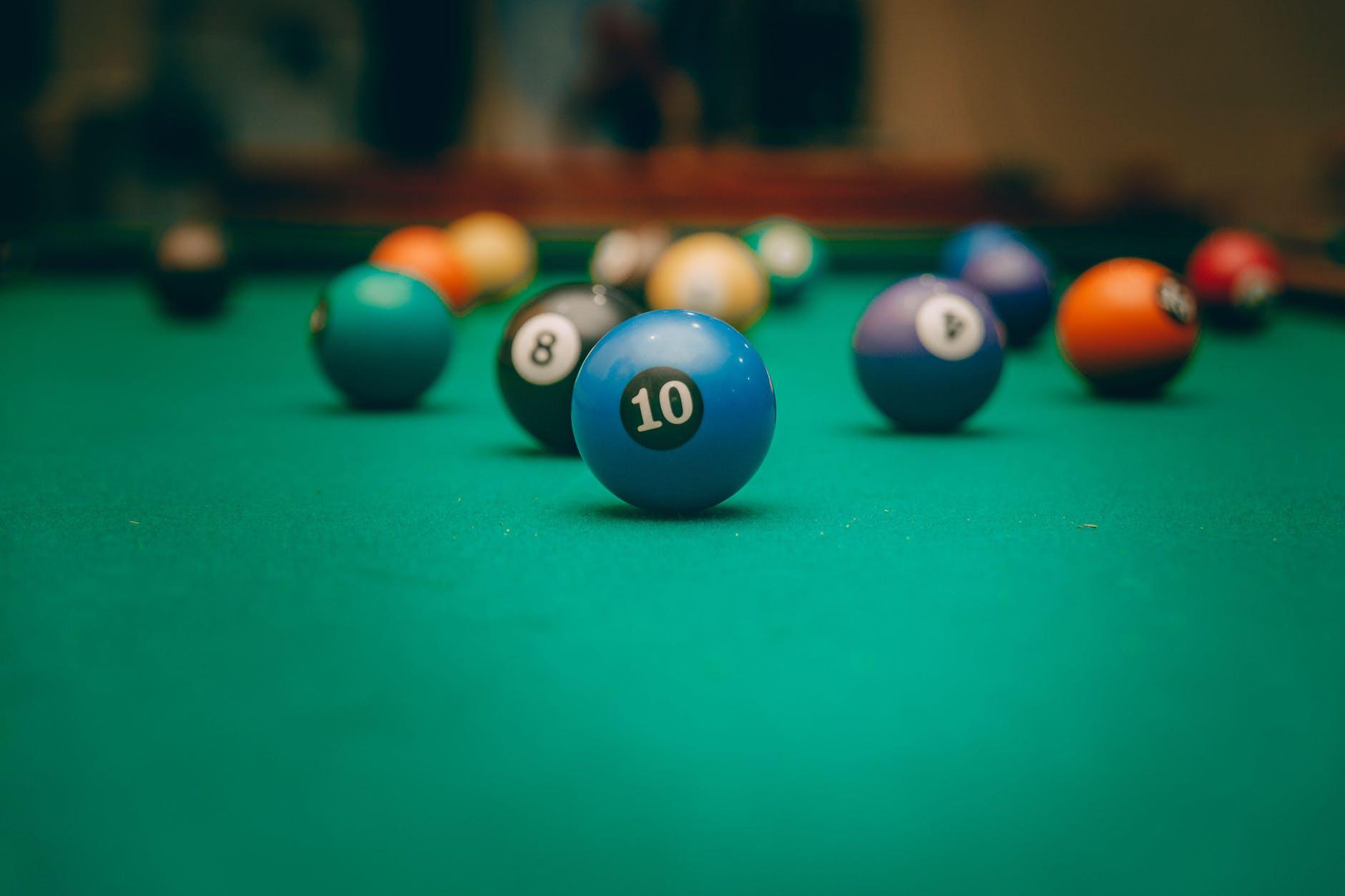
The game of pool is one that is enjoyed by the young and old. Played in bars, game rooms and even homes, pool is a great way to have fun by yourself or with friends. Also known as billiards, many people are often surprised to find that the game is centuries old. In the 15th century, pool was actually played similarly to croquet, in the Northern Europe region. Getting to know the game’s history makes it much more fun to play and provides you with a little bit of trivia while you challenge others to a game!
A Noble Game
Long ago, pool was considered a noble game. It was played by royals or those of nobility. This was because it was these people who had the ability to afford the game equipment. Tables were initially framed with flat walls and these walls were the rails. This helped the balls to avoid falling off the table.
Because of the walls, players had to learn how to maneuver the balls when playing. It was at this time in the history of billiard & pool balls that the bank shot was developed. The bank shot is used to rebound the ball with the shot to reach the hole.
Pool Ball Construction
The main component of billiards is the pool balls. The balls have taken on many changes through the years due to progress in technology. In the beginning, the balls were created from wood. Eventually, clay was used and it would remain the material of choice until around the 20th century.
Ivory was used at one point but harvesting the material from elephant tusks eventually lead the animals close to extinction. From this point, a new change was coming. Inventor John Wesley Hyatt combined camphor, nitrocellulose and alcohol to create a material similar to plastic that would work for pool ball construction.
Eventually, a material called Bakelite was created, which is a form of phenolic resin. Many pool balls of today are made from this material. The material is resistant to heat, cheaper, molds well and impact resistant. It works best for pool balls to provide a strong material for gameplay. A strong material is needed due to the continual hits of the pool balls.
In the 1920s, a company named Saluc SA was created in Belgium. The company is behind the Aramith brand, and are a strong component of pool ball history. The pool ball brand known as Aramith uses phenolic resin to create balls.
The material uses a phenol base and it works well to mold pool balls. According to Aramith, their pool balls can last as much as five times longer than other types of balls. The pool balls can also withstand over 400,000 hits, which means plenty of hours of pool play!
Now that you know more about pool balls and what they are made of, you can better appreciate the game. Pass out a little trivia while you plan and spread a little knowledge as you play the game!
